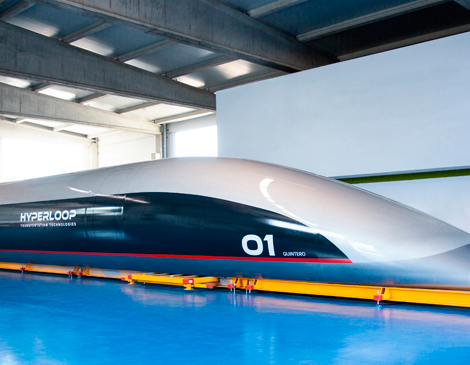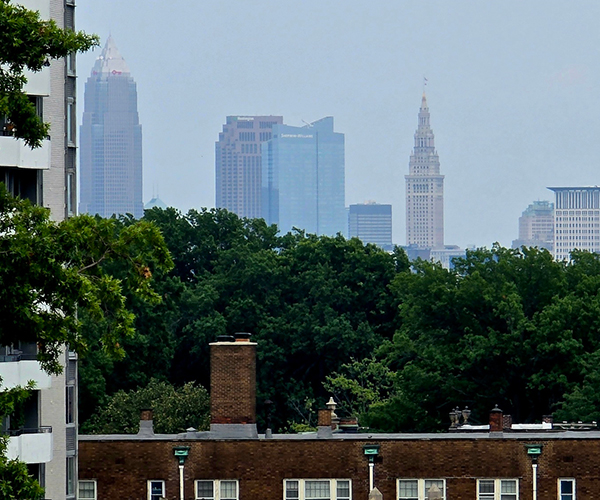The Great Lakes Hyperloop sounds like something ripped from the pages of a science-fiction novel. Passengers board pressurized train car-esque capsules hovering in a vacuum-sealed magnetic tube system, and zoom off to their destination at lightning speed.
Clevelanders could commute to work or play in Chicago in just 28 minutes. Or how about a nine-minute tailgating trip to Pittsburgh with the Dawg Pound?
It may sound hopelessly futuristic, but the hyperloop is no pipe dream, says Grace Gallucci, executive director of the Northeast Ohio Areawide Coordinating Agency.
Last year, it formed a public-private partnership with developer Hyperloop Transportation Technologies, which recently unveiled its state-of-the-art Hyperloop research and development center in France.
The resulting $1.2 million feasibility report for America’s first multistate hyperloop system should wrap up by year’s end, and then all will be revealed about costs, safety and economic impact.
In the meantime, though, the U.S. House of Representatives earmarked $5 million to create a hyperloop regulatory framework — a decision that keeps the Great Lakes project moving forward.
“Hyperloop opens up a whole new world,” Gallucci says. “Our footprint as a region to work, live and play really expands. For employers, it also allows them a larger employee base for recruitment.”
The Great Lakes megaregion, worth $232 billion in trade annually, will be open for business to Clevelanders, and the city could reap the manufacturing rewards of the hyperloop’s construction.
“We want to provide the metal, steel, glass and welding,” says Gallucci. “Let’s do all that in Northeast Ohio. Manufacturing jobs would be a major plus.”
NOACA hopes the network will grow to encompass other Midwestern destinations and New York City.
“Hyperloop puts Cleveland out front,” Gallucci says. “We’re perfectly positioned to connect the Midwest to the East Coast.”
But before you don your self-lacing sneakers for a quick jaunt to Chi-Town, a fully commercialized Great Lakes Hyperloop might take more than a decade. Plus, depending on the feasibility report, the plan could yet die on the vines of fiscal reality like similar projects before it in Virginia and Colorado.
But, Gallucci points out, NOACA’s collaboration with Hyperloop Transportation Technologies is reason enough to believe in this one. “We’re the only one with an official public-private partnership with a developer of this magnitude,” she says.
If everything works out, Cleveland becomes a vital link in the interstate of the future.
“When you look from Chicago all the way to New York City, Cleveland is pretty much dead center,” says Gallucci. “That’s why the Great Lakes Hyperloop will be successful.”




